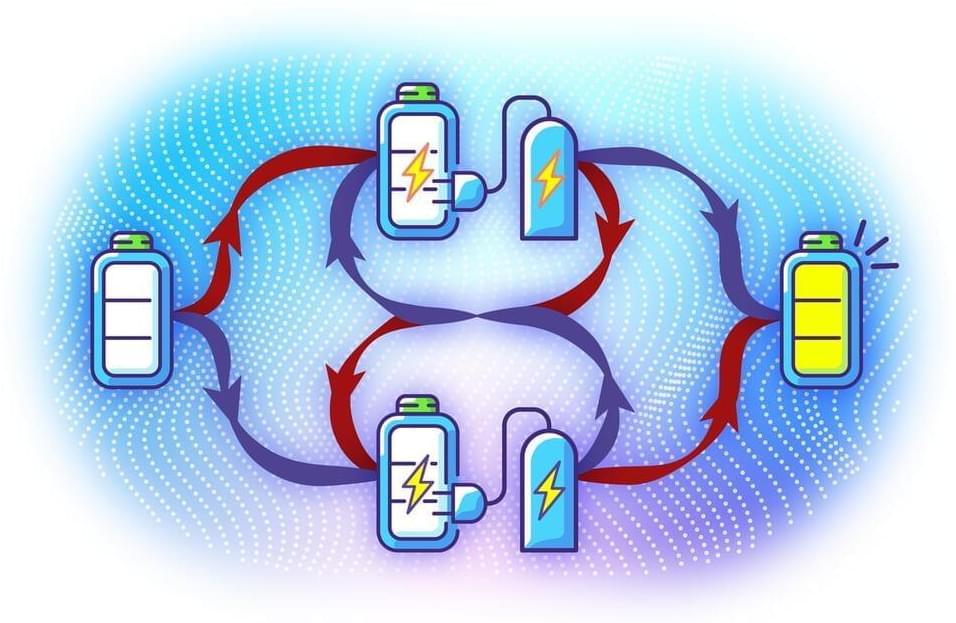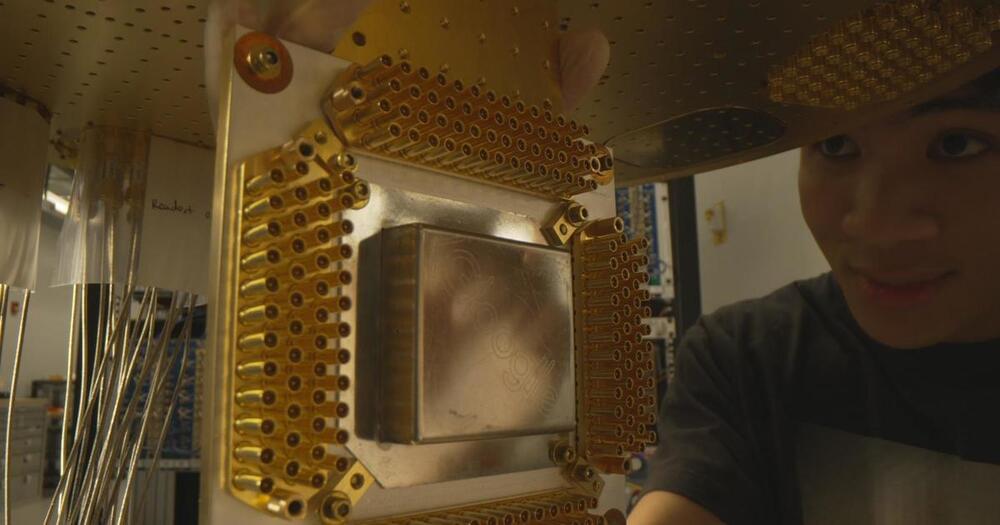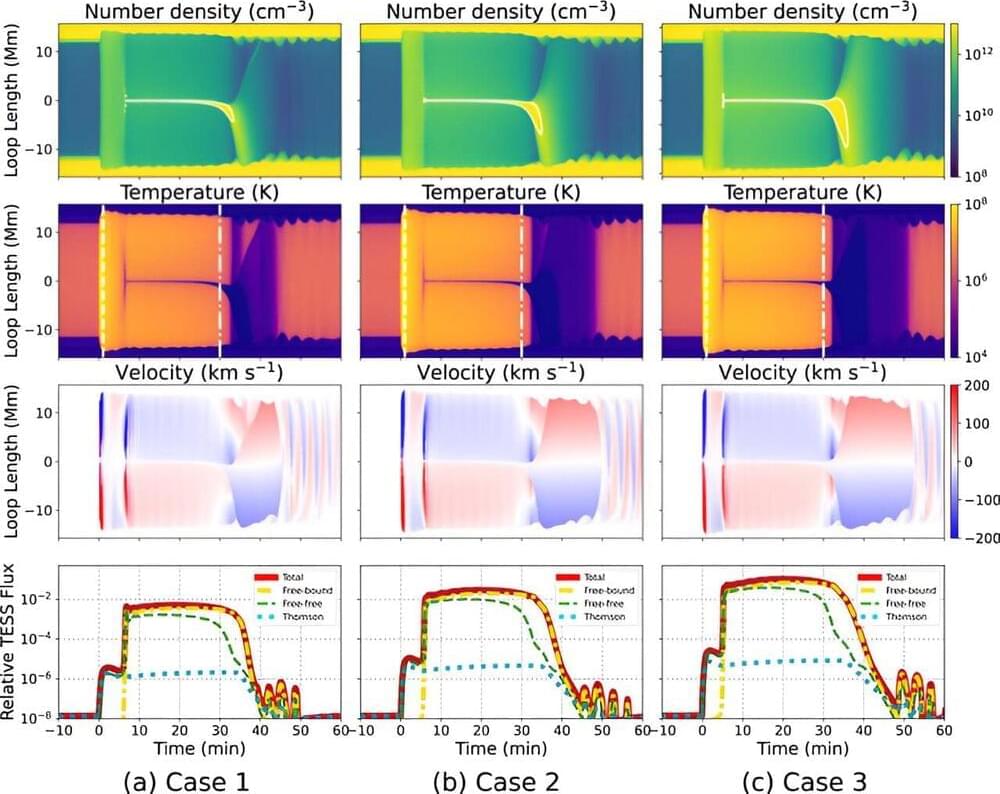
Causality is key to our experience of reality: dropping a glass, for example, causes it to smash, so it can’t smash before it’s dropped. But in the quantum world those rules don’t necessarily apply, and scientists have now demonstrated how that weirdness can be harnessed to charge a quantum battery.
In a sense, you could say that quantum batteries are powered by paradoxes. On paper, they work by storing energy in the quantum states of atoms and molecules – but of course, as soon as the word “quantum” enters the conversation you know weird stuff is about to happen. In this case, a new study has found that quantum batteries could work by violating cause-and-effect as we know it.
“Current batteries for low-power devices, such as smartphones or sensors, typically use chemicals such as lithium to store charge, whereas a quantum battery uses microscopic particles like arrays of atoms,” said Yuanbo Chen, an author of the study. “While chemical batteries are governed by classical laws of physics, microscopic particles are quantum in nature, so we have a chance to explore ways of using them that bend or even break our intuitive notions of what takes place at small scales. I’m particularly interested in the way quantum particles can work to violate one of our most fundamental experiences, that of time.”









